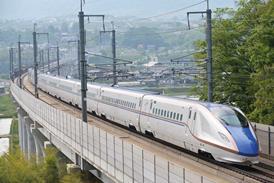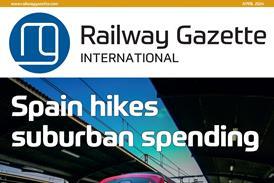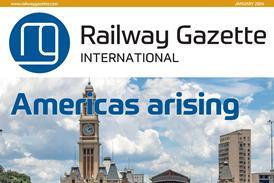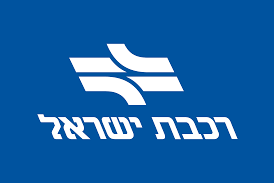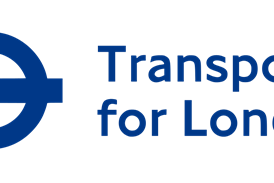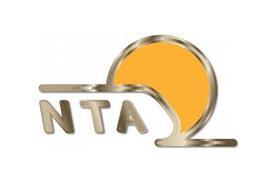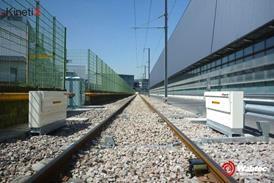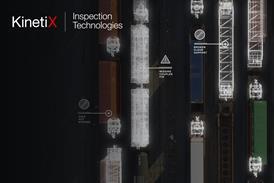OPENING OF the Beitbridge - Bulawayo Railway in Zimbabwe on July 15 last year quickly led to appreciation of the benefits of faster transits between Zambia, Zimbabwe and the ports of South Africa. Traffic that had previously rolled through Botswana via Mafikeng and Plumtree rapidly switched to the new line. The immediate effect was to sour relations between Botswana and Zimbabwe (RG 11.99 p698), but landlocked countries further north welcomed the much faster services. Journey times between Bulawayo and Durban, for example, were cut from 25 to just four days, with wagon turnrounds being dramatically reduced.
The BBR was constructed as a build-operate-and-transfer project for a consortium of South African and other private interests, including Gensec Asset Management and Nedcor Investment Bank. National Railways of Zimbabwe holds a 15% share and will assume ownership once the 30-year concession expires. Modern telecommunications and other equipment helps to ensure that Spoornet as the contracted operator can exploit the line to the full, and the Z$1·4bn cost of new construction over the 150 km between Beitbridge and Colleen Bawn plus upgrading of the 147 km between Colleen Bawn and Heany Junction for 18·5 tonne axleloads is beginning to pay off. Apart from anything else, the line has transformed NRZ’s finances, and the Zimbabwe government is now looking at other opportunities for tapping into new traffic flows.
The main attraction is copper and other minerals in the Democratic Republic of Congo, and one proposal is to build a cut-off from Lion’s Den near Zavi, an NRZ railhead northwest of Harare, through Chirundu in the Zambezi valley to Kafue, just south of Lusaka. This would open up a fast route from Zambia via Mutare into Mozambique and the port of Beira, and plans are already being drawn up for the private sector to invest Z$2·5bn in upgrading the 300 km from the Zimbabwe frontier to Beira. NRZ is already running a weekly train from Harare to Lubumbashi which now takes seven days. The cut-off through Chirundu would reduce the trip to four days. Another scheme could see a line built from South Africa along Zimbabwe’s eastern border into Mozambique.
Botswana, acutely conscious of the traffic lost to the BBR, is planning its own link into Zambia at Kazungula, the point east of the Caprivi Strip where the two frontiers meet. The line could run north from the end of the Sua Pan mineral branch through the Chobe national park. It would restore traffic to the Mafikeng route, competing directly with BBR.
Back in Zimbabwe, work is at last under way on the line from Harare to Chitungwiza, with completion due in July. It will carry thousands of commuters to and from the capital. Proposals are also being examined for rail links to Tafara, Mufakose, Mabvuku and Dzivaresekwa.
Taken with proposals for new lines in Namibia, all this is a dramatic turnround for the fortunes of rail in southern Africa. The private sector initiative for the BBR has clearly been a catalyst, and those at Spoornet who fostered international services on the Cape gauge network through long and difficult years deserve some of the credit. Ironically, Spoornet’s own problems are severe, posing a major challenge to Zandile Jakavula, the former head of Metrorail who has just succeeded Braam le Roux as Chief Executive. As a first step, Spoornet is being advised by British consultants Halcrow Rail on the best way to move forward.
- Not to be outdone by their southern neighbours, the railways of West Africa agreed at an Ecowas meeting in March to push ahead with proposals to connect up their networks. Representatives from Benin, Burkina Faso, Côte d’Ivoire, Ghana, Mali, Nigeria, Sierra Leone, the African Union of Railways, the African Development Bank and the Ecowas Fund for Co-operation decided to start work in June 2003 on a ‘fast-track’ programme to implement a regional Master Plan adopted six years ago.

